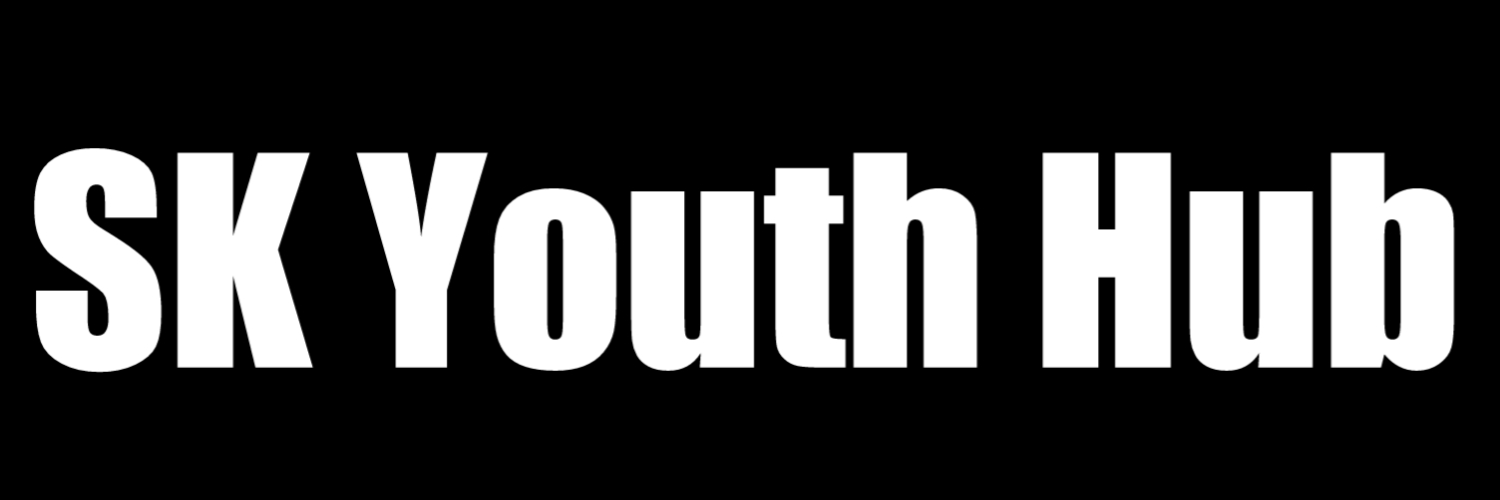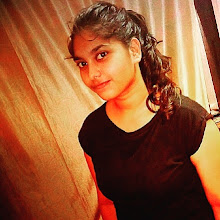HUMAN HEART
The human heart is an organ that pumps blood throughout the body via the circulatory system, supplying oxygen and nutrients to the tissues and removing carbon dioxide and other wastes.
The human heart has four chambers:

The right atrium and right ventricle together make up the “right heart,”
the left atrium and left ventricle make up the “left heart.”
A wall of muscle called the septumseparates the two sides of the heart.
Valves prevent backflow, keeping the blood flowing in one direction through the heart.
A double-walled sac called the pericardiumencases the heart, which serves to protect the heart and anchor it inside the chest.
Between the outer layer, the parietal pericardium, and the inner layer, the serous pericardium, runs pericardial fluid, which lubricates the heart during contractions and movements of the lungs and diaphragm.
The heart’s outer wall consists of three layers:-
The outermost wall layer, or epicardium,is the inner wall of the pericardium.
The middle layer, or myocardium,contains the muscle that contracts.
The inner layer, or endocardium, is the lining that contacts the blood.
The sinoatrial node produces the electrical pulses that drive heart contractions.
HUMAN HEART FUNCTION

The heart circulates blood through two pathways:
The pulmonary circuit
The systemic circuit
In the pulmonary circuit, deoxygenated blood leaves the right ventricle of the heart via the pulmonary artery and travels to the lungs, then returns as oxygenated blood to the left atrium of the heart via the pulmonary vein.
In the systemic circuit, oxygenated blood leaves the body via the left ventricle to the aorta, and from there enters the arteries and capillaries where it supplies the body’s tissues with oxygen. Deoxygenated blood returns via veins to the vena cava, re-entering the heart’s right atrium.
The cardiovascular system circulates blood from the heart to the lungs and around the body via blood vessels.
Blockage of any artery can cause a heart attack, or damage to the muscle of the heart. A heart attack is distinct from cardiac arrest, which is a sudden loss of heart function that usually occurs as a result of electrical disturbances of the heart rhythm.
How the Heart Beats
How does the heart beat? Before each beat, your heart fills with blood. Then its muscle contracts to squirt the blood along. When the heart contracts, it squeezes — try squeezing your hand into a fist. That’s sort of like what your heart does so it can squirt out the blood. Your heart does this all day and all night, all the time. The heart is one hard worker!



















0 टिप्पणियाँ